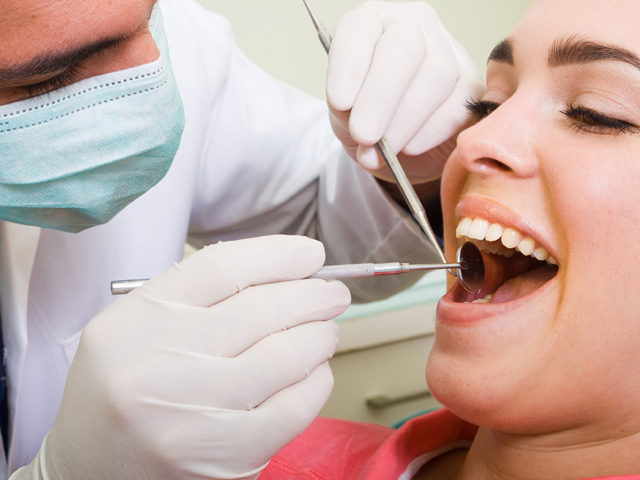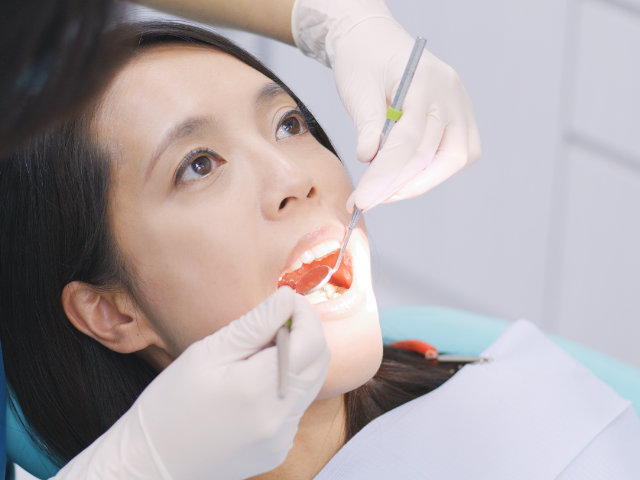Ultimate Guide to Teeth Whitening

In a world where first impressions matter, having a bright, radiant smile can make all the difference. Teeth whitening has become increasingly popular as more people seek ways to enhance their smiles and boost their confidence. If you’re considering teeth whitening but aren’t sure where to start, this ultimate guide is here to help. We’ll explore various methods, their benefits, and essential safety tips to ensure you achieve a dazzling smile safely.
Understanding Teeth Discoloration
Before diving into teeth whitening methods, it’s crucial to understand why teeth become discolored in the first place. Several factors contribute to tooth discoloration, including:
- Food and Drinks: Consuming highly pigmented foods and beverages like coffee, tea, red wine, and berries can stain teeth over time.
- Tobacco Use: Both smoking and chewing tobacco can lead to yellowing or browning of teeth due to the tar and nicotine present in tobacco products.
- Poor Oral Hygiene: Inadequate brushing and flossing can allow plaque and tartar to build up on teeth, leading to discoloration.
- Age: As we age, the outer layer of tooth enamel wears down, revealing the yellowish dentin underneath.
- Medications: Certain medications, such as tetracycline antibiotics, can cause intrinsic stains that are more challenging to remove.
Teeth Whitening Methods
1. Professional In-Office Whitening
Professional in-office whitening, performed by a dentist, is one of the quickest and most effective ways to whiten teeth. During this procedure, a highly concentrated bleaching agent is applied to the teeth, often activated by a special light or laser. Results are typically visible after just one session, making it an excellent option for those seeking immediate results.
2. At-Home Whitening Kits
At-home whitening kits offer convenience and flexibility for those who prefer to whiten their teeth in the comfort of their own home. These kits typically include custom-fitted trays and a whitening gel containing a lower concentration of bleaching agent than those used in-office. While results may take longer to achieve compared to professional treatments, at-home kits can still provide noticeable improvements in tooth color.
3. Whitening Toothpaste and Strips
Whitening toothpaste and strips are readily available over-the-counter options for removing surface stains from teeth. These products often contain abrasive agents or mild bleaching agents like hydrogen peroxide to help whiten teeth gradually with regular use. While they may not provide dramatic results, they can help maintain a brighter smile between professional treatments.
4. Natural Remedies
Some people opt for natural remedies like baking soda, activated charcoal, or coconut oil pulling to whiten their teeth. While these methods may offer mild whitening effects, their efficacy varies, and they may not be suitable for everyone. It’s essential to consult with a dentist before trying any natural whitening remedies to ensure they’re safe for your teeth.

Benefits of Teeth Whitening
- Enhanced Appearance: Whiter teeth can significantly improve your smile and overall appearance, boosting your self-confidence and making you feel more attractive.
- Youthful Appearance: A bright, radiant smile is often associated with youthfulness and vitality, helping you look and feel younger.
- Improved Oral Health: Maintaining a bright smile can encourage better oral hygiene habits, such as regular brushing and flossing, leading to improved overall oral health.
- Positive Impression: A white smile can leave a lasting positive impression in both personal and professional interactions, helping you make a memorable impression.
Safety Tips for Teeth Whitening
- Consult with a Dentist: Before undergoing any teeth whitening treatment, it’s essential to consult with a dentist to assess your oral health and determine the most suitable whitening method for you.
- Follow Instructions Carefully: Whether using professional treatments or at-home kits, always follow the instructions provided by your dentist or the product manufacturer to ensure safe and effective results.
- Avoid Overuse: Overusing whitening products can lead to tooth sensitivity and damage to the enamel. Stick to the recommended treatment duration and frequency to prevent adverse effects.
- Monitor for Sensitivity: Some degree of tooth sensitivity is common after whitening treatments. If you experience severe or prolonged sensitivity, discontinue use and consult your dentist.
- Maintain Good Oral Hygiene: Brush and floss regularly to remove surface stains and prevent new stains from forming. Visit your dentist for routine cleanings and check-ups to maintain a healthy smile.
Conclusion
Achieving a brighter, whiter smile is within reach with the right teeth whitening method and proper care. Whether you choose professional treatments or at-home solutions, understanding the benefits and safety tips is essential for achieving optimal results without compromising your oral health. Consult with your dentist to determine the best approach for you and embark on your journey to a dazzling smile with confidence. Visit Bragging Mommy if you need more information or have any questions about the ultimate guide to teeth whitening.



